Sterling surged overnight on news that UK and EU are closing in on a Brexit deal in Brussels. The Pound remains firm in Asian session, awaiting further developments. It’s reported that both sides have hammered out most of the differences over the past 48 hours. UK Prime Minister Boris Johnson is said to have made several major concessions. Most notably, he now accepts that there will be customs checks between Northern Ireland and the rest of UK.
Johnson’s move got support from fellow Conservatives. Steve Baker, chairman of the pro-Brexit European Research Group, said “I’m happy to say it was a very constructive conversation” and “I’m optimistic it is possible to reach a tolerable deal which I will be able to vote for.” Irish Prime Minister Leo Varadkar also gave a nod and said “the negotiations are moving in the right direction.”
However, Northern Ireland’s DUP sounds very skeptical on it. Party leader Arlene Foster said “it would be fair to indicate gaps remain and further work is required.” Also, DUP needs “a deal that respects Northern Ireland’s constitutional position as per the Belfast Agreement within the U.K. and indeed respects the economic integrity of the U.K. single market.” Johnson will certainly need support from DUP before giving greenlight to such a deal.


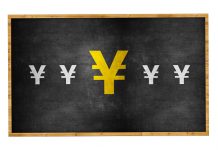

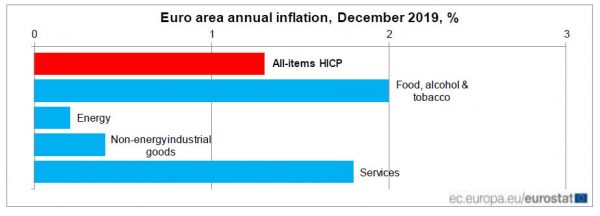

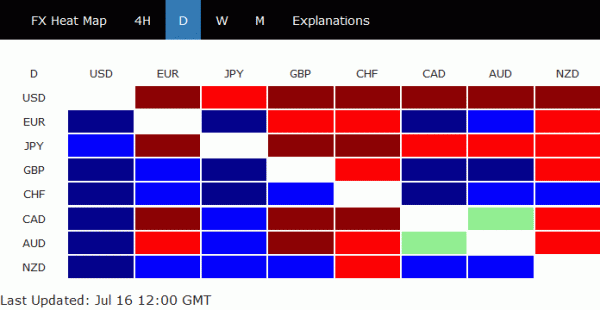

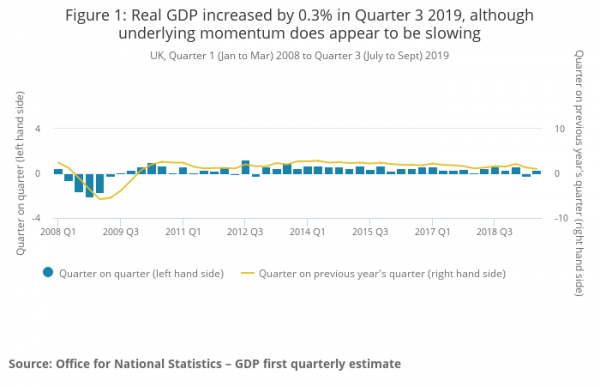
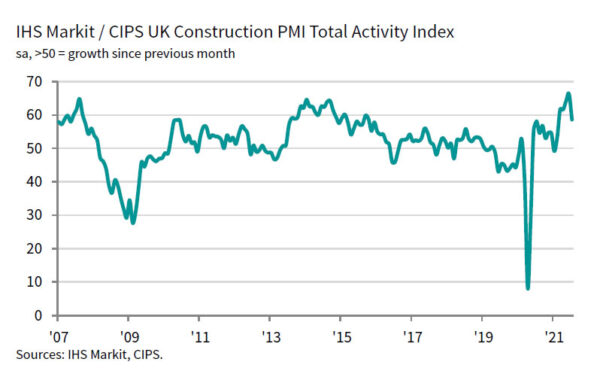
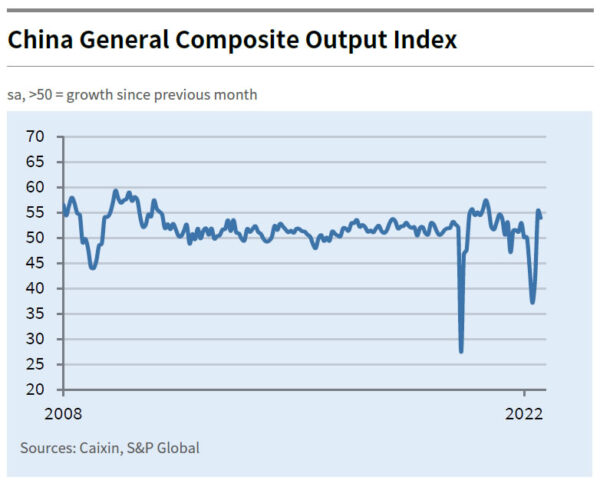
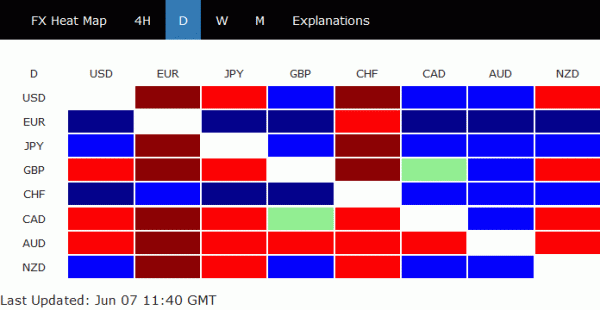
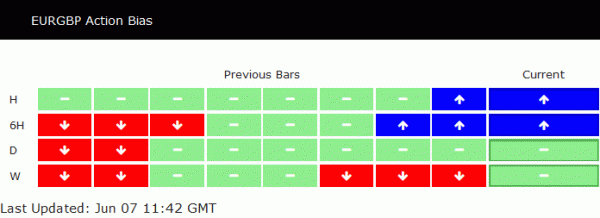

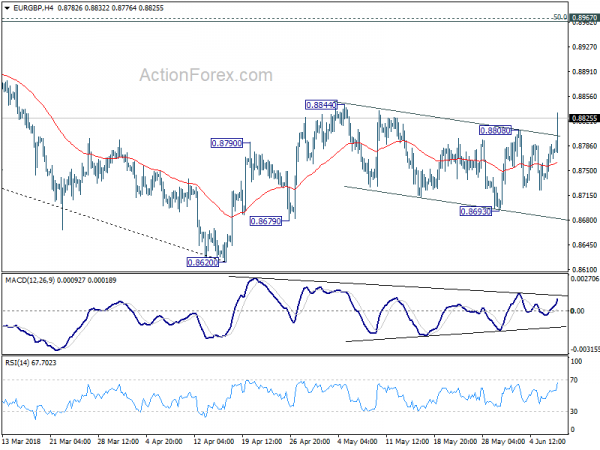
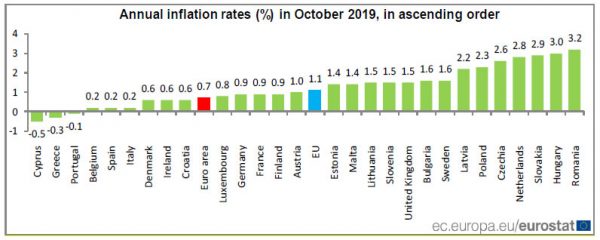
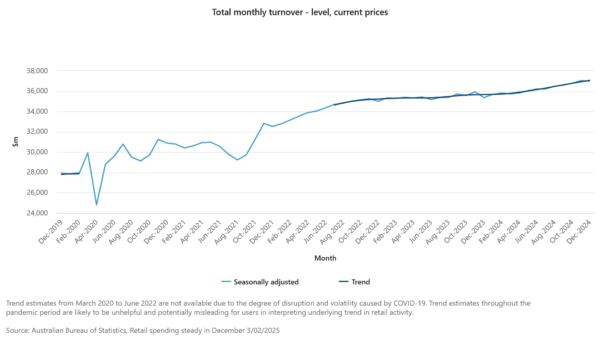

UK CBI: Worrying falls in services volumes, profitability and employment
According to a CBI survey for the three months to August, UK business and professional services employment dropped at the quickest pace since 2009, with balance at -32%, down from -9%. Consumer services employment was even worse on record, with balance dropping from -31% to 063%. CBI added, “next quarter, employment is set to continue to fall, but the rate of decline is set to ease slightly.”
Ben Jones, CBI Principal Economist, said: “This quarter has shown some worrying falls in volumes, profitability and employment for the services sector. Although the pace of these declines is expected to ease, the impact of COVID-19 remains clear, with the services sector still facing challenges in terms of demand, revenues and cash flow… As we head into the autumn, the UK needs a bold plan to protect jobs as the job retention scheme draws to an end, to support the services sector.”
Full release here.